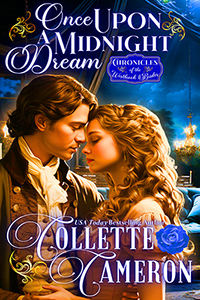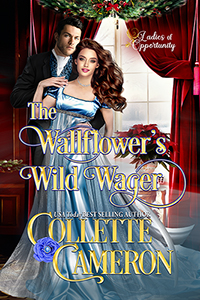All right, this week I want to talk about burying your dialogue.
Once upon a time, it was the norm to see dialogue buried, often in long, drawn-out paragraphs. But the truth of it is, readers often skip long paragraphs, or at the very least, skim them.
Dialogue moves the story’s pace along, so it’s vital readers see and read it. Publishers want lots of white space on the page, and unburying your dialogue creates that.
Today’s tip: Unburying Dialogue
| Painting courtesy of Wikimedia Commons |
- Put an action or dialogue tag before, after, or in the middle of the dialogue, and do not put dialogue between two action tags or narratives.
- Do not do this: Lady Clutterbuck’s face pinched in distaste.”Please tell me that creature isn’t riding in the carriage.” She narrowed her eyes and jerked her skirt aside.
- And don’t do this: Lady Clutterbuck’s face pinched in distaste. “Please tell me that creature isn’t riding in the carriage.” She pointed to the dripping puppy. “The little beast will soak the squabs.”
- This is fine: Lady Clutterbuck’s face pinched in distaste. “Please tell me that creature isn’t riding in the carriage.”
- And so is this: “The little beast will soak the squabs,” Lady Clutterbuck said, pointing to the dripping puppy.
- And this works too: “Please tell me that creature isn’t riding in the carriage.” Pointing to the dripping puppy, Lady Clutterbuck said, “The little beast will soak the squabs.”
- Finally, you can do this: “Please tell me, “Lady Clutterbuck pointed at the dripping puppy, “that creature isn’t riding in the carriage.”








